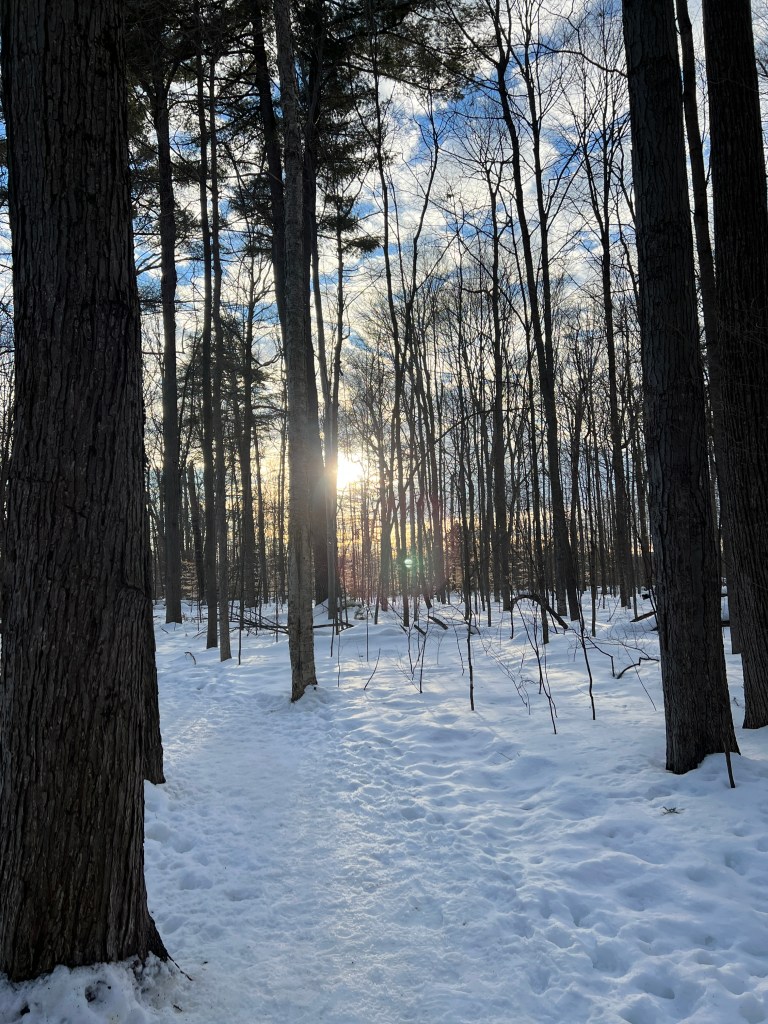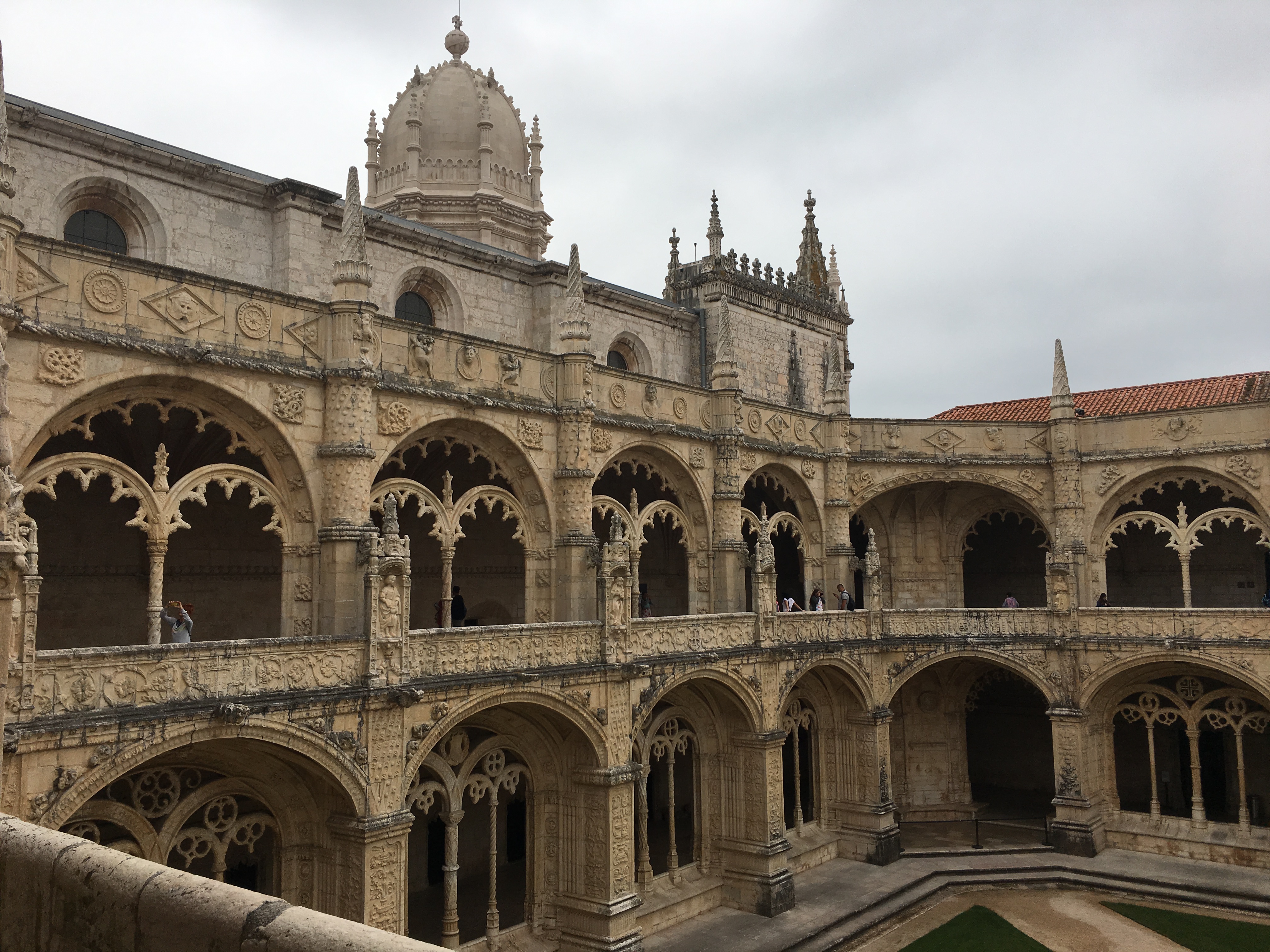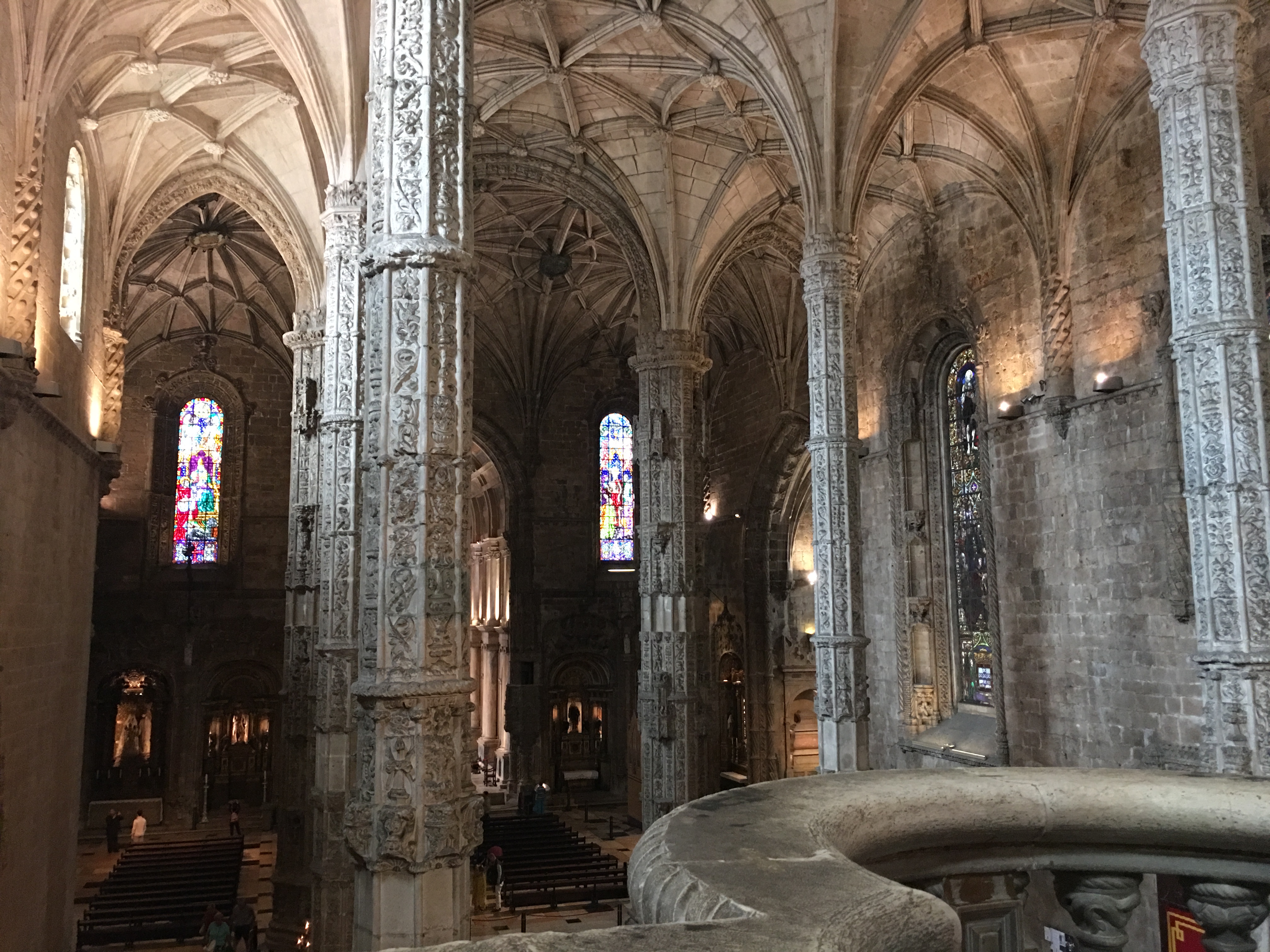
Before Christmas, I received a small sunlamp. I think my family knows that in that time of year when daylight is at a premium, I tend to be much grumpier. Seasonal affective disorder, a depressive condition, happens mostly in the winter months in the northern hemisphere when we don’t see much of the sun. Although that, happily, hasn’t been the case in the last week here in Ottawa!
Light therapy—exposure to a bright light for fifteen to thirty minutes each morning after I get up—has been quite effective. It helps keep the cycle of melatonin production in my body functioning well.
Melatonin is important because, among other things, it is our body’s natural way to get drowsy for a good night’s sleep. [1] The brain knows to start flooding our bloodstream with melatonin when it gets dark at night. But it needs to be replenished as well. And being exposed to too little light during the day, can disrupt the body’s natural melatonin cycles.
Maybe that’s why so many Canadians fly south during the time of the year. There are significant benefits to being exposed to sunlight.[2] The research suggests a good dose of sunrays can boost your immune system and increase lifespan. That’s looking on the bright side of things, isn’t it?
In the first book of the bible, the first thing God created was light.[3] And light allowed everything else to be created. And all of it was good![4] Let’s not forget that.
But, as we know, there’s also a downside to over-exposure to sunlight. Skin cancer is one. Ocular damage and prematurely ageing skin are other risks.
Indigenous writer, Richard Wagamese, tells a story in his novel, “A Quality of Light”, about how light first came into the world. It’s a story that presents the coming of light as good but not without its challenges and downsides as well:
He writes: “In the Long-Ago Time there was only darkness. The Animal People moved around within it casually and unafraid. They spoke to each other quietly with honor and respect, for no one saw each other’s differences and there was nothing to fear.
“One day a strange and eerie glow appeared on the horizon to the east. The Animal People gathered to see if any of them had knowledge of what this mystery might be. No one knew.
“Owl, the wise one, volunteered to investigate the nature of this mysterious glow in the sky. He flew off and the Animal People knew that if anyone could comprehend this thing, it was Owl.
“He was gone for several days. As each day passed the Animal People grew more worried for their brother, fearful that the glow to the east had captured him and that he had paid with his life for knowledge of the mystery.
“Then, suddenly, Owl landed, safe and secure, in the boughs of a great pine tree. The Animal People cheered and gathered around the tree to hear Owl’s tale of the glow in the sky.
“But there was something strange about him. Owl had possessed the vision of the eagle before he left. And now he sat in darkness, blinking and blinking as though his eyes were failing him.”
Owl told them that he “had flown directly east towards the strange glow. As he flew nearer, the glow had become brighter and brighter. Finally, he flew right into it and the illumination was so great that it very nearly blinded him. That is why, to this day, Owl feels more secure and hunts more successfully at night and why he still sits high in branches of trees blinking and blinking, trying to comprehend the mystery.
“After a great long talk, they decided that someone [else] must go and return with some of this glow.” Beaver and Raven made the attempts and returned changed in their manner but unsuccessful in bringing back some light. Finally, Spider promised to cool the heat of the sun with her tears if it should prove too hot for her. And off she went towards the Light. When Spider finally returned, the world was filled with the bright glow she carried in her web.
“The Animal People looked around themselves. Suddenly they could see each other for the first time. And they were scared. They ran off in many directions, and it was a long time before they learned how to trust each other again and to live with each other’s differences.
“The coming of the Light meant that they had more to learn of each other and their world. But they learned and they continue to pass on these teachings to each other, and especially to [the humans], the newest and strangest of the Animal People.”[5]
In the Gospel of John, Jesus is described as the light of the world.[6] Jesus is the Son and is bright like the sun! The story of the Transfiguration impresses upon us the brightness of Christ.
But the story doesn’t end with his being “dazzling white.”[7] The story describes the disciples as being afraid, terrified, not sure what was going on. This short version from Mark ends by the disciples going back down the mountain to learn more about each other the world around them.
The Light that continues to shine in our lives and world challenges us to go deeper in our relationships with one another. This journey will yield new aspects of our being we hadn’t first recognized and acknowledged. And, at first it will make us uncomfortable, for that is the function of the light.
The Light challenges us not to be afraid to ‘see’ the world and those around us anew, not without our differences, but in full sight of them. Jesus changes on the Mount of Transfiguration in order to show us that following in his way means we are changed by the light, too. So, we can appreciate the light — the inherent dignity and goodness — in another person, and accept the changes and differences in others.
The reason melatonin is so important to our health is because our bodies function according to a master clock in us, called the circadian rhythm. The technical definition of “Circadian Rhythms” is: “The physical, mental, and behavioral changes an organism experiences in a 24-hour cycle.”[8] Exposure to light literally and spiritually changes our experience of life.
After being exposed to the Light, we, like the disciples, have to go back down the mountain. In a few days we start the Lenten journey. Traditionally, Lent is the season of preparation, the season of confession, reflection, the season of being aware of our own mortality, our own finite being. Lent is traditionally where, in naked awareness of who we are, we practice trusting in the journey of Jesus to his cross, so to learn how to carry our own.
The Lenten journey isn’t easy to undertake. We can be hurt. We will stumble. We will wrestle with our demons. Following the Light through the valley of our lives presents many new challenges on the path to learning and growth.
But we journey towards the Light. We can go on this journey because we know the Light continues to change us for the better. We can go, because we now see others are on this path as well, and we are not alone. We can go, because though it requires work and discipline to follow the way, the Light always shines. And shines brightly.
[2] Geddes, L. (2023, October 1). Let it shine: The unexpected benefits of sun exposure on skin. The Guardian Newspaper
[3] Genesis 1:3
[4] Genesis 1:4,10,12,18,21,25,31
[5] Adapted from Richard Wagamese. (2019). Epilogue. A Quality of Light: A Novel. pp. 387-390
[6] John 1: 1-9
[7] Mark 9:2-9
[8] definition of Circadian Rhythms according to the American National Institute of General Sciences.











